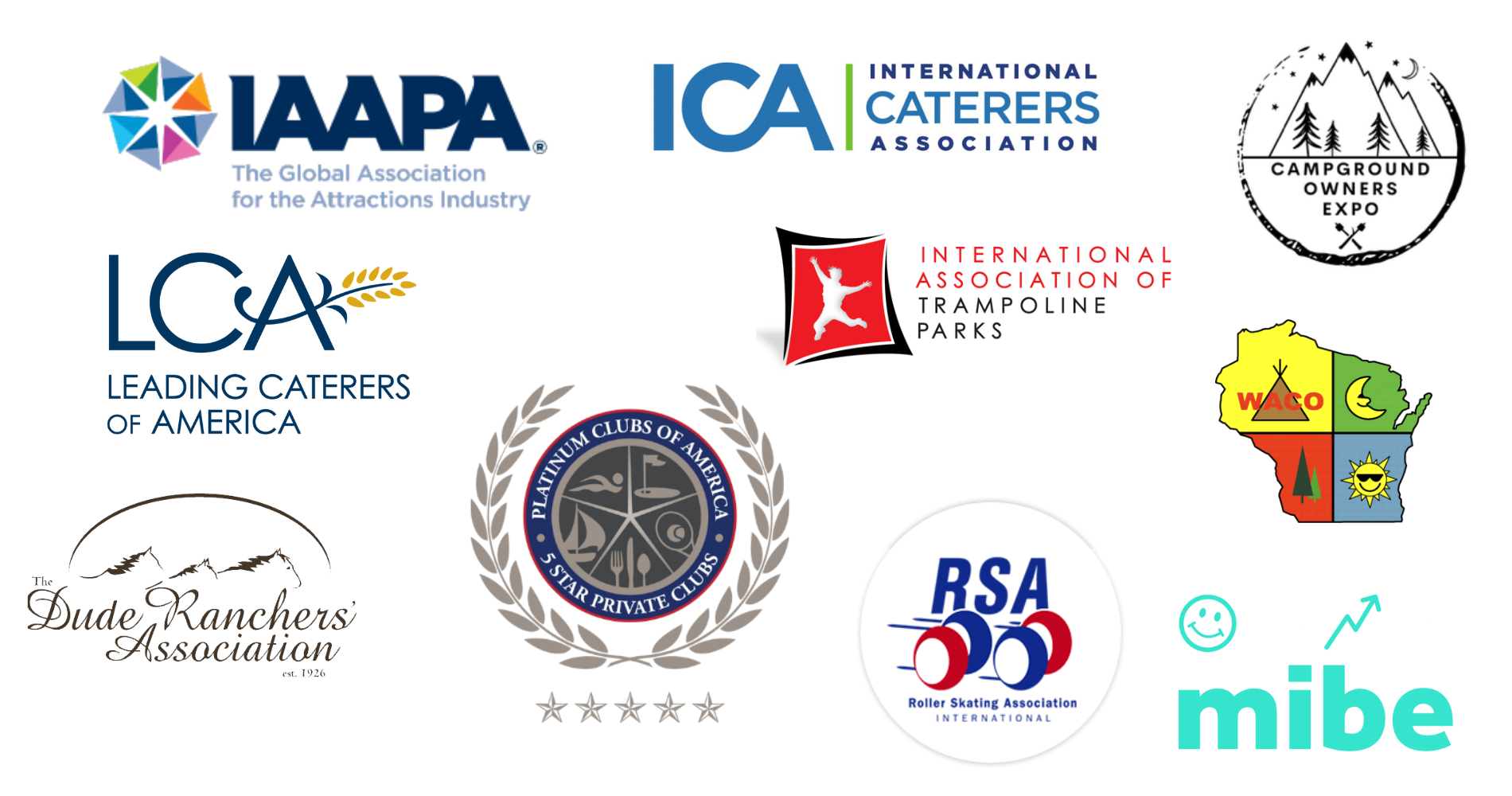Setting Realistic Goals for 2020 Tailored to Your Business
/Think about your goals for 2019 — how many did you reach? Are you satisfied with your performance? If you think there was room for improvement, then it’s high time to reevaluate your goals for the year ahead. After all, we’ve all been through the mid-year slump when we realize our goals (or “resolutions”) have fallen off in the hustle and bustle of busy season.
By setting realistic goals and doing your due diligence ahead of time, you can prepare yourself, your team, and your business for a productive and profitable 2020 — regardless of what you want to achieve.
Here are a few tips for mapping out your goals for the year ahead.
Consider all the numbers.
As you’re setting goals, it makes sense to look back at the progress you’ve made thus far. Social media analytics, web traffic, and your financial statements all provide useful quantitative data that can help form realistic goals. However, it’s worth looking outside of your business for external trends that may impact your future.
“Many factors influence the industry,” states Lon Lane of Lon Lane’s Inspired Occasions. “Think of general economic indicators, including the GNP figures, retail growth or decline, stock market projections, the local economy, commercial building sales, and the housing market.”
Anthony Lambatos of Footers Catering agrees: “As a business owner, I think it’s imperative that you are always surveying the landscape for potential threats to your business. There is a lot you can do to minimize the impact of potential obstacles, but it takes a lot of work that doesn’t show up as ‘urgent’ in your day-to-day schedule.”
Think big picture.
Big picture goals are those large, lofty dreams that you set for your lifetime. Sure, you may not achieve them in the next month, year, or even decade, but they’re still there in the back of your mind.
Just because it’s not an imminent goal doesn’t mean that you shouldn’t tailor your more immediate objectives around them. After all, every step you take should be a step closer to reaching your big picture goals.
“I’m a big fan of SMART goals (Specific, Measurable, Achievable, Relevant, Time-sensitive) and I think those goals need to be in the context of your overarching ambitions,” says Lambatos. “If you’re not thinking about the big picture, then the SMART goals become a glorified to-do list that might make you feel like you accomplished some work, but doesn’t actually equate to meaningful work. Once you’re clear on your 1-5 overarching ambitions for the year, you can determine how growth fits into that.”
Make sure your team is ready.
If you have a team of employees, the change that comes with reaching your goals will affect them as much as it does you. Be sure to bring them on board so they are prepared and knowledgeable about the expectations to come. Growing too fast without a team that is large enough or prepared to take on the extra work is a recipe for failure.
“One thing I’ve learned from experience when expanding your company is to make sure you have enough bench strength to cover all the added tasks with the new growth,” shares Adam Gooch of Common Plea Catering. “Most will want to hire and expand with a core group to meet the expected costs, which is important, but even more important is not messing anything up during that time period. It’s better to have a little more help and adjust as things start to even out. Expanding will cause an upset in the apple car, but having enough boots on the ground can fix it and get things rolling again.”
Remember that goals should not be overwhelming; if they are, they’re less likely to be met. A realistic goal should be a little scary, but still manageable and achievable within your given time frame. Aim high, push forward, and always be prepared to reassess your road map. Life changes and you may find that your goals shift in a new direction; that’s understandable and even expected, so prepare to be flexible and ready to pivot as you grow and expand.



